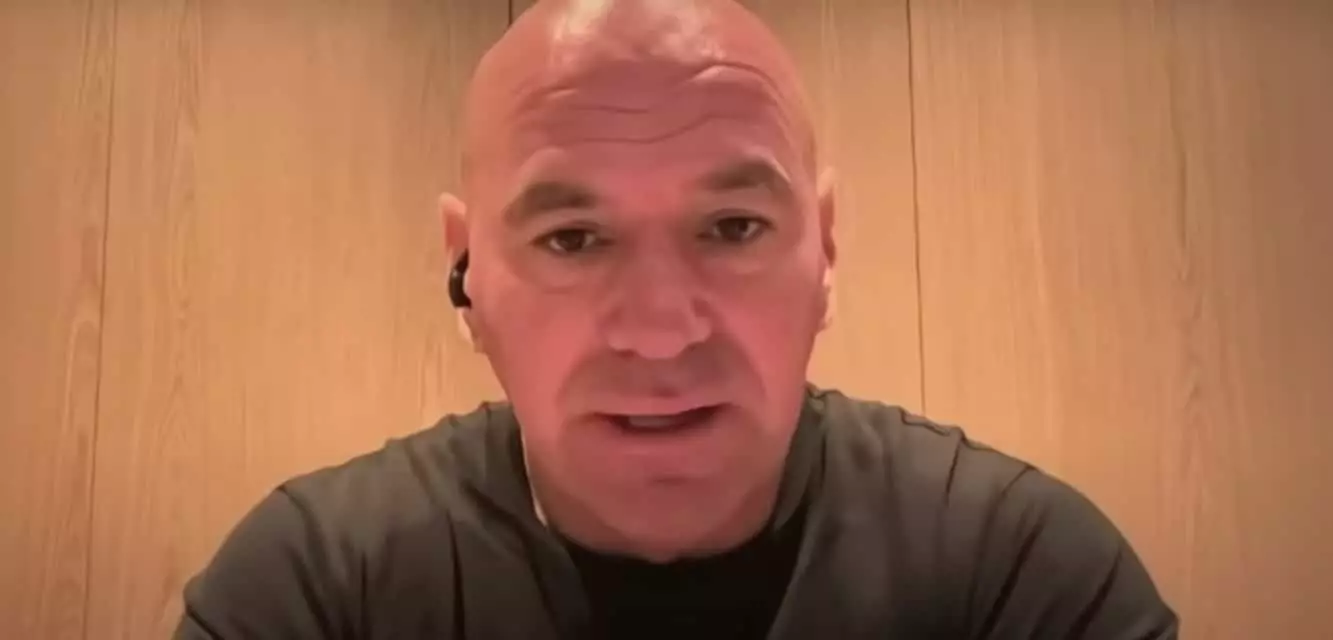Dana White, the figure synonymous with mixed martial arts through the UFC, has set his sights on revolutionizing boxing alongside Turki Alalshikh. Their ambition to create a new boxing league is brimming with idealistic aspirations yet appears fundamentally flawed upon closer examination. White’s assertion that their league will eradicate the presence of champions outside their organization raises essential questions about the feasibility of such a claim. Are we entering the dawn of a new era in boxing, or is this merely another poorly conceived promotional venture destined to complicate the already fragmented world of professional boxing?
While it’s admirable to think that White and Alalshikh could streamline the sport into a single, cohesive entity, the reality is much more complex. The claim that the four major sanctioning bodies—IBF, WBA, WBC, and WBO—will simply vanish or cease operations is nothing short of delusional. These organizations have deep-rooted histories, with their own loyal followings that aren’t easily swayed by a new league, no matter how promising it may sound. To presume that fans and fighters alike will abandon their established competitive frameworks is a gross underestimation of boxing culture.
The Misguided UFC Model
White’s hope to replicate the UFC’s success in boxing is equally troubling. The UFC model hinges on rapid finishes due to smaller gloves and different fight dynamics, allowing them to rapidly produce rankings and matchups. Boxing, on the other hand, often features lengthy bouts that can take a toll on athletes, leading to cumulative damage over time. White’s vision of only the best fighting the best is a noble goal but not without grave consequences. Repeated exposure to elite level competition could rapidly age fighters, leading to a wave of burned-out athletes struggling to maintain their health—something that is less prevalent in the relatively shorter, less punishing bouts of mixed martial arts.
Moreover, White seems oblivious to the well-being of the fighters, who may not want to risk their careers in an environment that could tragically mimic a meat grinder. The idea that talented fighters would prefer joining a high-stakes league, only to exit prematurely or suffer irreversible damage, dismisses the long-term ambitions of athletes seeking to carve a sustainable place in the sport.
Fragmentation versus Unification
If Dana and Turki genuinely desire to unify boxing, the approach they’re advocating only promises to complicate an already convoluted landscape. The existence of numerous champions under multiple sanctioning bodies has long frustrated fans who seek clear definitions of greatness. However, the solution they propose does not eliminate these distinctions; rather, it risks multiplying them. Establishing yet another promotional outlet in an already oversaturated market seems counterproductive. Instead of simplifying champion recognition and engagement, it may spawn a wider array of champions, leaving fans more confused than ever.
White mentions developing younger talent. While fostering emerging prospects is invaluable, it begs the question—how will these fights garner the same attention and investment as those involving established stars? The likelihood of mainstream recognition for a new league, while continuing to promote bouts across established promotions, is questionable at best. With entrenched rivalries and narratives often driving boxing’s marketability, the introduction of a new league might fracture the fanbase rather than consolidate interest.
Is This a Risk Worth Taking?
In examining this initiative from both optimistic and skeptical vantage points, one must wonder if boxing enthusiasts should applaud—or critique—this venture. White and Alalshikh clearly aim to ignite progress in a deeply historic sport. However, their lack of understanding regarding the complexities and nuances of boxing raises doubts about their capability to enact meaningful change. If they truly hope to elevate the sport, they would benefit from acknowledging its traditional structures rather than attempting to dismantle them.
As the boxing world watches with bated breath, the road ahead for White’s new league remains unclear. The effort to simplify complexities and create a direct path to greatness is commendable, yet the execution risks further fragmentation of the sport. In an arena where fighters’ legacies and health hang in the balance, the onus falls upon those in leadership positions to navigate these turbulent waters thoughtfully, ensuring that their aspirations align with the welfare of the athletes and the integrity of boxing itself.


Leave a Reply